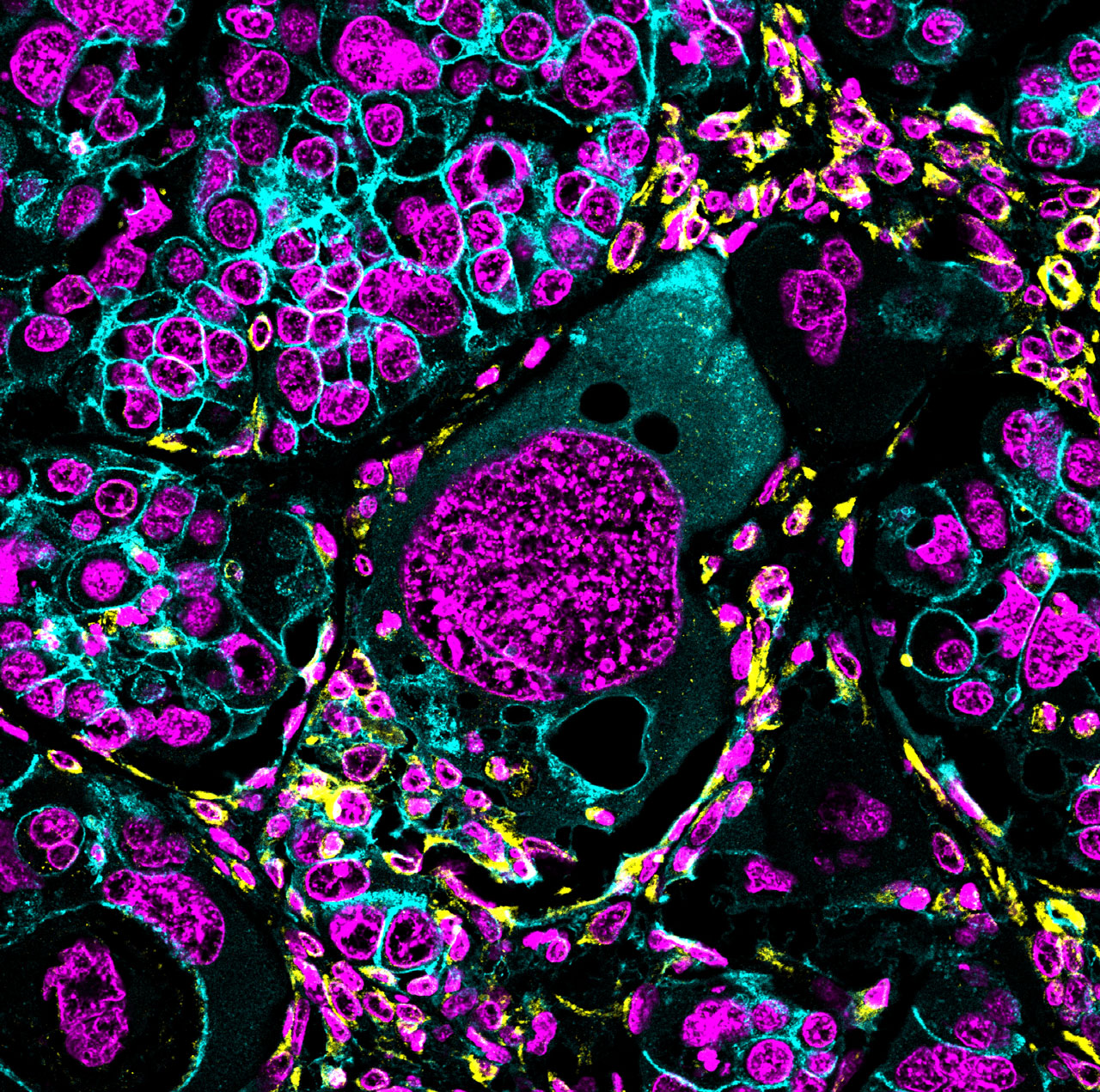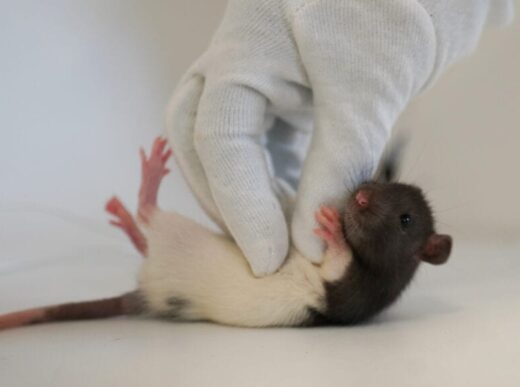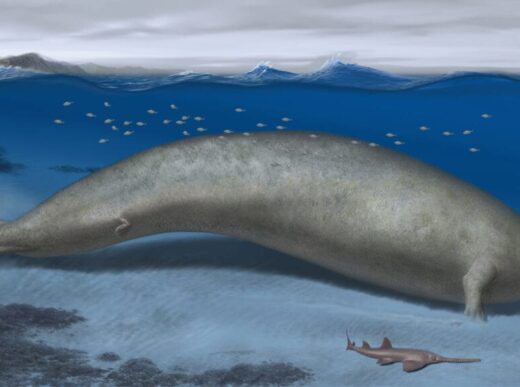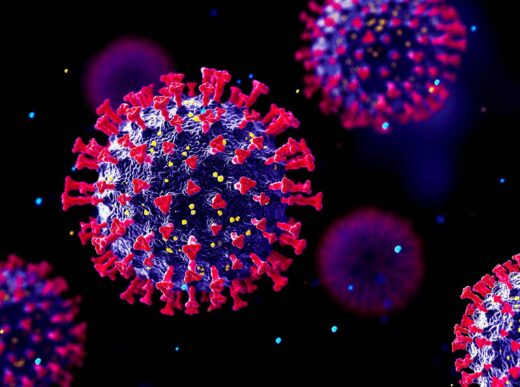Diving into the intricacies of cellular biology often uncovers unexpected phenomena that reshape our understanding of life itself. One such revelation is the remarkable role of polyploid cells—cells with additional copies of their genomes—in responding to injuries, adapting to stress, and even driving species survival during cataclysmic events. What began as a serendipitous exploration in a fruit fly lab has evolved into a multifaceted area of research that spans developmental biology, evolutionary biology, cancer research, and more. In this exploration, we delve into the world of polyploid cells, from their surprising emergence as wound healers to their crucial role in evolution.
An Unanticipated Twist: Polyploid Cells Take the Stage in Healing
In 2008, Vicki Losick embarked on a research journey at the Carnegie Institution for Science, focusing on stem cells and their potential involvement in wound repair. However, her findings took a different turn. Instead of stem cells, she and fellow researcher Don Fox observed polyploid cells, cells with enlarged sizes and multiple copies of their genomes, actively participating in wound healing. Fruit flies subjected to tiny needle punctures revealed that polyploid cells, not stem cells, closed wounds efficiently, marking a transformative discovery.
This unanticipated twist led researchers to question the role of polyploid cells, once considered anomalies notorious for aiding cancer growth. Today, it is evident that polyploidy is not only common but also essential. The phenomenon is prevalent in various organisms, from plants to humans. In fact, research hints that a significant portion of cells in the human heart are polyploid by adulthood, contrasting with none at birth.
The Convergence of Diverse Disciplines: A Meeting of Minds
The impact of polyploid cells spans across scientific disciplines, drawing together researchers from different realms. The “Polyploidy Across the Tree of Life” meeting, organized by Vicki Losick, brought together over 150 scientists, fostering the exchange of information and ideas that transcend traditional boundaries. Experts in cancer research, developmental biology, evolutionary biology, and more recognized the significance of polyploid cells in their respective fields.
This convergence revealed a shared interest: understanding the genes that drive polyploidy and their implications. The genetic underpinnings of polyploidy are proving to be more than mere cellular accidents, with evidence suggesting that specific genes contribute to this phenomenon in a regulated manner.
A Multifaceted Role in Healing and Resilience
Polyploid cells’ influence on tissue development and healing is multifaceted. Fruit fly experiments demonstrated that these enlarged cells expedite wound closure, with their multiple copies of genes enabling the production of proteins that accelerate recovery. Moreover, the presence of extra genetic material in polyploid cells may confer resilience against inflammation-induced DNA damage, facilitating faster healing.
This pattern extends beyond fruit flies. Injuries, diseases, and damage in various human organs, including kidneys and lungs, trigger the emergence of polyploid cells. These cells emerge as a crucial response to stressors, promoting tissue recovery and adaptation. Polyploid cells emerge as a compelling alternative to stem cells, capable of dynamically altering their behavior to navigate adverse conditions.
Polyploidy as an Evolutionary Strategy: A Weapon against Catastrophe
Polyploidy is not only a short-term survival strategy but potentially an evolutionary masterpiece. The phenomenon has been observed in diverse species, from plants like wheat to certain salamanders. Despite polyploid organisms often facing a competitive disadvantage compared to their diploid counterparts, the persistence of polyploidy in evolution raises intriguing questions.
Researchers propose that polyploidy could be a response to environmental upheavals and catastrophic events. Historical instances of genome duplications align with periods of environmental change, such as asteroid impacts and climate fluctuations. These duplications could provide the genetic flexibility necessary to adapt swiftly to new stresses, aiding species survival amidst catastrophic events.
Polyploidy Unveiled: A Microscopic Mechanism with Macroscopic Impact
The mechanisms driving polyploidy are intricate, with diverse pathways leading to the emergence of cells with extra genetic material. Interruptions in cell division and cell fusion are two prominent routes resulting in enlarged polyploid cells. These cells, once considered anomalous, are now recognized as a critical response to stressors, orchestrating healing processes and shaping evolutionary trajectories.
While polyploidy’s role in healing is evident, its contribution to cancers reveals a darker side. Some cancer cells transform into polyploid giants, rendering them resistant to treatments like chemotherapy. Research targeting these polyploid cells could unlock vulnerabilities in drug-resistant cancers, potentially revolutionizing cancer treatment strategies.
A Blueprint for Evolutionary Success: Polyploidy and Genetic Adaptability
The evolutionary advantages of polyploidy are becoming increasingly clear through computational simulations and experimental studies. Polyploidy appears to grant organisms increased genetic flexibility, enabling rapid adjustments to changing environments. By possessing extra genetic material, polyploid species have more tools at their disposal to fine-tune gene expression, adapt behaviors, and navigate physiological changes.
Evidence from both digital organisms and living plants supports the notion that polyploidy is advantageous under stressful conditions. Organisms with multiple genomes can outcompete their diploid counterparts, showcasing the versatility of polyploidy as an evolutionary strategy.
Polyploidy’s Ecological Impact: A Diverse Microbiome Connection
The influence of polyploidy isn’t confined to individual organisms—it extends to ecosystems. Polyploid plants, although slower-growing than diploids, support a more diverse array of microbes. This heightened microbial diversity could provide ecological advantages, enhancing an organism’s ability to adapt and survive in varying conditions.
Researchers are increasingly recognizing the vital role of microbiomes in supporting host organisms. The increased diversity resulting from polyploidy could amplify an organism’s resilience and ability to process different nutrients, further underscoring the multifaceted impact of polyploidy on ecological dynamics.
Unveiling the Intricacies of Polyploid Cells: A Gateway to New Frontiers
The journey into the world of polyploid cells, from their unsuspected role in healing wounds to their strategic importance in evolution, is an exhilarating one. What began as a perplexing observation has blossomed into a field of exploration that unites researchers from diverse disciplines. As the layers of polyploidy’s influence are peeled away, a new landscape of possibilities emerges—one where cellular responses to stress, resilience, and survival are intertwined in ways we are only beginning to fathom.
In embracing polyploidy’s significance, researchers are not just uncovering hidden mechanisms; they are rewriting our understanding of life’s adaptability and the intricate dance of genes in shaping the destiny of organisms and species. This newfound knowledge holds the promise of innovative approaches in fields ranging from regenerative medicine to ecology, ushering in an era where the microscopic world of polyploid cells holds the keys to macroscopic survival and evolution.















